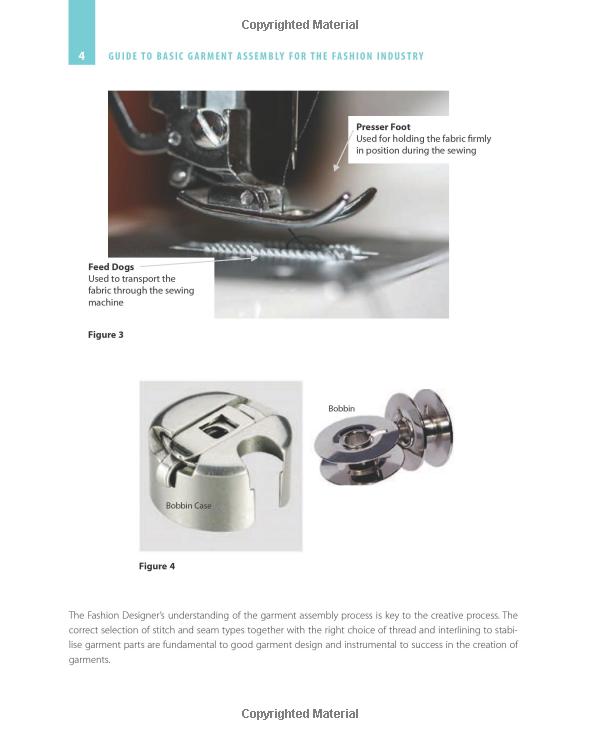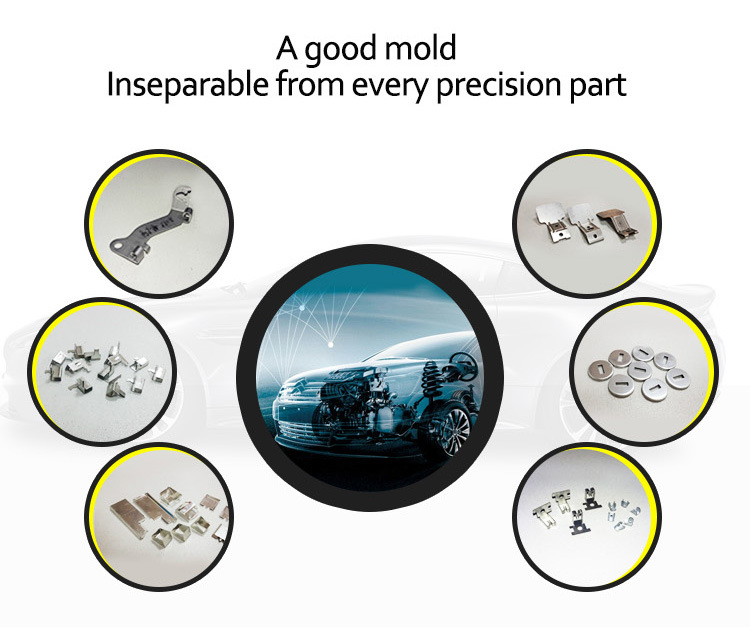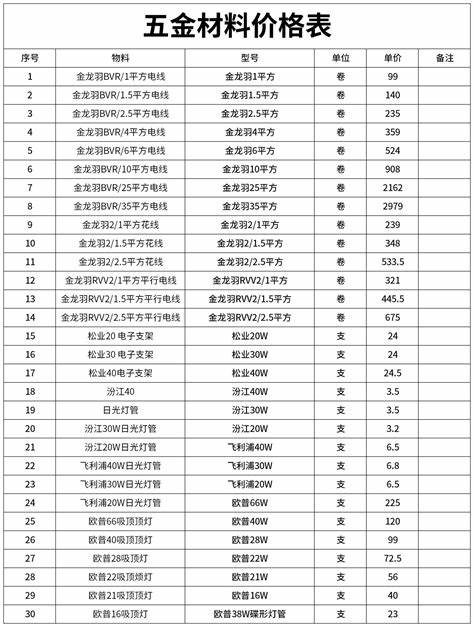Small Hardware Fittings: A Comprehensive Guide
This comprehensive guide to small hardware fittings covers all aspects of these essential components for construction and maintenance. From screws and bolts to nuts and washers, this guide provides detailed information on types, sizes, materials, and standards for each type of fitting. It also includes advice on installation and maintenance, as well as safety considerations. Whether you are a professional contractor or a DIY enthusiast, this guide is an essential resource for understanding and using small hardware fittings.
In the world of construction, engineering, and manufacturing, small hardware fittings play a crucial role. These components, often overlooked due to their size, are essential for connecting, supporting, and directing the flow of materials in various applications. From screws and bolts to nuts and washers, small hardware fittings are found in almost every industry. Here is a comprehensive guide to some of the most common types of small hardware fittings.
Screws
Screws are one of the most widely used hardware fittings. They are typically made from metal, although plastic screws are also available for certain applications. Screws have a threaded shaft that engages with a threaded hole to provide a strong connection between two surfaces. Common types of screws include machine screws, self-tapping screws, and drywall screws.
Bolts

Bolts are similar to screws but have a larger diameter and are longer in length. They are often used to connect heavy or large components together. Bolts have a threaded shaft that engages with a threaded nut to provide a secure connection. Common types of bolts include hex bolts, lag bolts, and carriage bolts.
Nuts
Nuts are threaded fasteners that engage with a threaded bolt to provide a secure connection between two surfaces. Nuts are typically made from metal or plastic and have a variety of shapes and sizes to accommodate different applications. Common types of nuts include hex nuts, lock nuts, and wing nuts.
Washers
Washers are thin, flat components that are typically made from metal or plastic. They are used to distribute the load of a bolt or screw over a larger area to protect the surfaces being connected from damage. Common types of washers include flat washers, spring washers, and lock washers.

Rivets
Rivets are permanent fasteners that are used to connect two or more pieces of material together. They are made from metal and have a head on one end that is larger than the shank. Rivets are inserted into pre-drilled holes in the materials being connected and then deformed to create a strong bond between the surfaces. Common types of rivets include solid rivets, blind rivets, and aluminum rivets.
Studs
Studs are long, threaded fasteners that are used to connect two surfaces together through a threaded hole. They are typically made from metal and have a threaded shaft with a head on one end and a nut on the other end. Studs are commonly used in applications where the connected surfaces are too large or too heavy to use bolts or screws.
Anchors

Anchors are fasteners that are used to secure an object to a surface such as concrete or wood. They are typically made from metal and have a hook-like shape that engages with the material being anchored. Anchors are commonly used in construction, mining, and other industries where it is necessary to securely fasten an object to a solid surface.
In conclusion, small hardware fittings play a crucial role in almost every industry due to their ability to connect, support, and direct the flow of materials in various applications. From screws and bolts to nuts and washers, these components are essential for the smooth operation of machinery and equipment.
Articles related to the knowledge points of this article:
Title: Exploring the Local Hardware Accessories Manufacturers in Fujian and Their Pricing Models
Windows and Doors Hardware Fittings Manufacturer
Nanjing Hardware Accessories: A Comprehensive Guide
Title: Technical Specifications of Nanjing Self-Made Hardware Parts
Title: Shanghais Nuclear Power Hardware Accessory Quotation Network: A Comprehensive Guide



